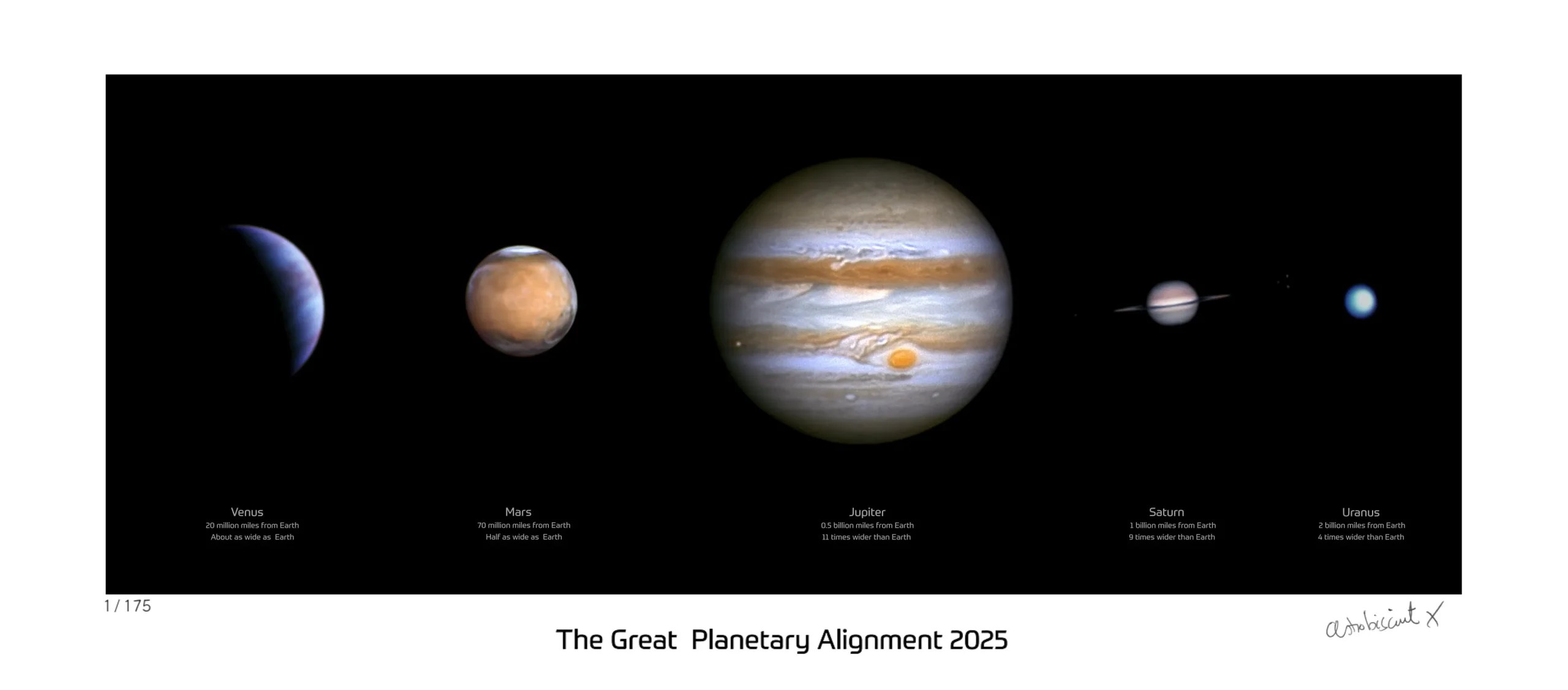Surprisingly Awesome Budget Telescopes
Most folks start and end their journey into space with one of the top 15 best selling scopes on amazon. They all come in at under £100… some are pants, some are merely bad, none are good enough to give you that – wow – moment that turns you into a nerd. And yet it is possible to find an amazing telescope for under £100.
Back in the day telescope makers realised that if they used relatively weak lenses that didn’t bend the light too much their lenses wouldn’t suffer nearly so much from chromatic aberrations. And as a bonus these weak lenses are relatively easy to make and therefore cheap. But don’t confuse weak lenses for having a lack of magnification. In fact the opposite is true. If you’re making a telescope with a lens that doesn’t bend the light too much it needs to be long because it takes quite a distance for the weakly bent light to come to focus and long telescopes are more zoomed in than short ones. Thing is long scopes aren’t fashionable anymore and most folks prefer to buy more compact scopes with more expensive and stronger lenses but when the light in one of these long thin scopes does come to focus you get an AMAZINGLY crisp highly magnified view of whatever it is your looking at. Honestly the view I got of Jupiter through a £75, 60mm fat, 700mm long Celestron ABSOLUTELY knocked my socks off (you can watch that moment at 10’40” in the above video). This kind of scope is without doubt the best value telescope for viewing the planets in the world!
Planet Killer for under £100
(FYI you can see this scope in action in the above video at 10’40”)

These long thin 60mm and 70mm wide scopes are sold by various companies but are probably made in the same factory in China. These are the best value telescopes for under £100. I am including extra links including this amazon link as I expect these will sell out very quickly.

If you can buy one of these long refractors with the old school yoke tripod mount or even better an EQ mount then its much better than the modern cheap, plastic tripods which are rubbish. I totally feel like an old fart saying this but its true!!! You’d be better off with a decent camera tripod. Occasionally you can find one of these scopes with an eq tripod and they are the absolute best.
Best telescope for under £200
See Andromeda Galaxy, Orion Nebula, Milky Way
and still good on the planets.
If you want a budget scope that is good at cruising along the milky way and bagging some of the larger deep space targets like the Andromeda Galaxy and the Orion Nebula as well as being great on the moon and the planets then you’re in luck because not only is the classic 80mm f5 refractor cheap it also hits an optical sweet spot… it really is a winner.
This 5 minute section of my video runs through what this simple little telescope is capable of.

(FYI Celestron don’t sell this model anymore but that’s ok bc the factory in china that makes it sells this model to other companies (also since I made the video the price has gone up😂)
The Skywatcher Startravel-80mm (aka ST80) and the Meade Adventure Scope 80mm (and Meade 80mm infinity package – which comes with a better tripod) and the old Celestron ST80 and old Orion 80ST are made by Synta in China. Apart from the labels and add ons these are the same scopes (BE CAREFUL don’t buy the latest Celestron travel scope. It is – I believe – inferior ). Each is a simple, cheap, two lens design called an achromatic doublet. Good 80mm achromatic doublets hit an optical sweet spot. Whilst larger achromatic doublet designs suffer from noticeable purple fringing this small 80mm scope controls the fringing well. The reason could be that the small 80mm lenses are easier to manufacture to very high standards or because the 80mm lens’ relatively low usable magnification is unable to resolve the fringing. Either way this scope rocks and is a keeper even for mega nerds like me!

This little refractor will show you craters within craters on the moon, Saturn’s rings, Jupiter’s four Galilean moons, at least two of Jupiter’s bands and on a calm night the great red spot. But that’s not all. This little scope’s speciality is sucking in lots of light from a wide area to reveal big, dim, wide field deep space nebula. With a low magnification eyepiece look for the faint but gobsmakingly colossal oval that is the Andromeda galaxy (M31) or the dazzling Seven Sisters star cluster (M45) or the wisps of cloud around the Orion nebula (M42). It is of course hard to see these in the city but this scope’s small size and low price make it the perfect scope to sling into a rucksack and take somewhere dark.
Do I need a tripod?
If your telescope comes with a crappy plastic tripod then yes. I use a good quality camera tripod. If you don’t have a good camera tripod or you want a bespoke astro tripod with slow motion controls then I have two recommendations depending on which side of the pond you live. (NB: the amazing value Meade Adventure scope comes with a very cheap tripod which I wouldn’t use).




















